Alleghany Viburnum – 1 Gallon Pot
$29.85 Original price was: $29.85.$20.90Current price is: $20.90.
SKU: D2LSC 5899985581 Categories: SHRUBS & BUSHES, Viburnums
- Experience the difference quality makes.
- Buy with Peace of Mind
- Free Shipping, No Compromise on Quality
- High quality products, hassle-free returns.

Alleghany Viburnum
Viburnum x rhytidophylloides ‘Alleghany’
Plant Details
USDA Plant Hardiness Zones: 4a-8b (9?) Find Your Zone
Plant Type: Evergreen Flowering Shrub or Small Tree
Height at Maturity: 8-10′
Width at Maturity: 8-10′
Spacing: 7-8′ apart for solid hedge; 16’+ apart for space between plants.
Growth Habit / Form: Multi-stemmed, Upright Rounded
Growth Rate: Moderate to Fast
Flower Color: Creamy White flower
Flower Size: Small in 3-6″ rounded clusters
Flowering Period: Spring
Flower Type: Single, in clusters
Fragrant Flowers: Slight
Foliage Color: Dark Green
Fragrant Foliage: No
Berry Color: Red maturing to Black
Sun Needs: Full to Mostly Sun, Morning Sun With Afternoon Shade, Morning Shade with Afternoon Sun. All Day Filtered Sun
Water Needs: Moist to Average
Soil Type: Clay, Loam, Sandy, Silty
Soil Moisture / Drainage: Moist But Well Drained to Dry when established
Soil pH: 5.0 – 7.5 (Acid to Neutral)
Maintenance / Care: Low
Attracts: Visual Attention, Birds, Butterflies, Beneficial Insects
Resistances: Deer (moderate resistance), Disease, Moderate Drought, Heat, Insect, Air Pollution
Description
A cross between Viburnum rhytidophylloides and Viburnum lantana ‘Mohican’ hybridized by the US National Arboretum, the Allegheny Viburnum is an easy-to-grow and long-lived stately garden classic featuring abundant and showy domed clusters of creamy white flowers that stand out splendidly against the backdrop of large, leathery and heavily wrinkled dark green leaves that are nearly evergreen. Following the flowers are numerous clusters of bright red berries in summer through fall that the birds, squirrels and other wildlife will enjoy. Fruit set will be greater if cross-pollinated with other cultivars. Good pollinators for Alleghany are Prague, ‘Willowwood’, ‘Conoy’, ‘Chesapeake’ or ‘Eskimo’.
Landscape & Garden Uses
Growing 8 to 10 feet tall and equally as wide at maturity, the Alleghany Viburnum can be grown as a large shrub or lower branches can be removed to form a very attractive small tree. Either way, it is an eye-catching specimen or natural hedge in landscape and flowering shrub borders. Also useful to frame corners of homes or other buildings or as espalier (trained to grow flat against a wall) in home foundation plantings. A fine addition to white theme gardens, bird gardens, wildlife gardens, Viburnum gardens, and cottage gardens.
Suggested Spacing: 8 feet apart for solid hedge; 16 feet or more apart for space between plants.
Growing Preferences
Viburnum is very easy to grow in most any moist but well drained soil of average fertility and full sun to part shade. It prefers a loamy soil rich in organic matter. As with so many other ornamental plants it does not like constantly soggy or wet conditions. Quite drought tolerant when established and we’ve seen no serious pest or disease problems. Deer haven’t touched it in our gardens. For best flowering, at least 5 hours of direct sunlight per day is suggested. Responds very well to pruning for shaping, size control and tree forming. Prune as needed immediately after flowering.
Helpful Articles
Click on the link below to find helpful advice from our experts on how to plant, prune, fertilize and water Viburnums.
How To Plant And Care For Viburnum Plants
Plant Long & Prosper!
Meet The Wilson Brothers & Staff
Questions? Contact Us
Be the first to review “Alleghany Viburnum – 1 Gallon Pot” Cancel reply
Related products
Sale!
Sale!
SHRUBS & BUSHES
Sale!
SHRUBS & BUSHES
Sale!
Sale!
SHRUBS & BUSHES
Sale!
SHRUBS & BUSHES
Sale!
SHRUBS & BUSHES
Sale!
SHRUBS & BUSHES




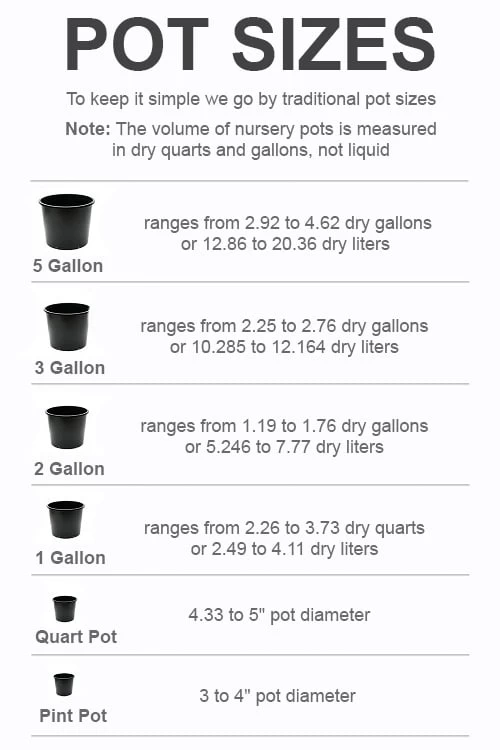



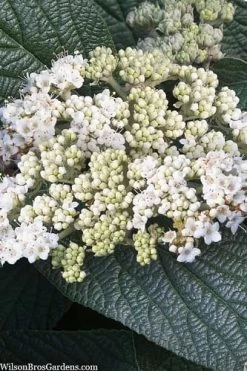




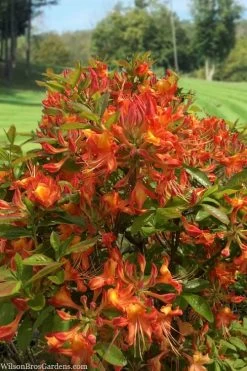

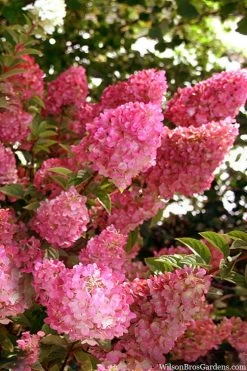

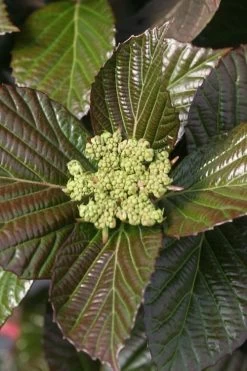
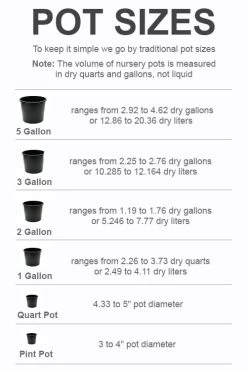

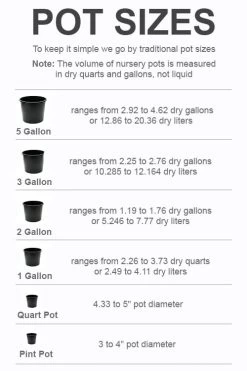


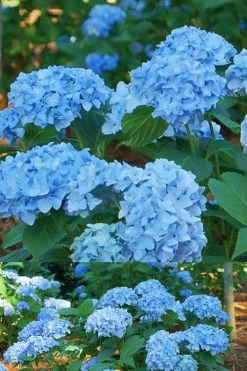



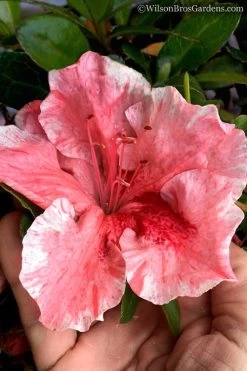
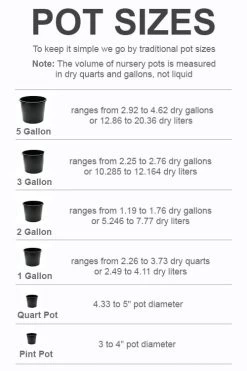
Reviews
There are no reviews yet.